Quick Links
Sentient magic items in Dungeons & Dragons offer a unique way to bring personality and depth to your campaign. These items possess their own intelligence, motivations, and goals, often creating interesting dynamics for the characters who wield them.

Related
Dungeons & Dragons: 8 Best Magic Swords
Every adventurer needs a good sword and these are the best of the best.
Crafting a sentient item requires more than just assigning magical properties; it involves giving it a voice, a purpose, and perhaps even a backstory that ties into the campaign’s lore. Here’s how to design sentient magic items, from defining their abilities and personalities to integrating them seamlessly into your adventures.
How To Create Sentient Magic Items
There are many ways to make a magical item be sentient, and in fact, several of them already are. The artifacts of Dungeons & Dragons tend to have some level of sentience, guiding the player towards some form of goal or attempting to corrupt their minds.
If an item has a limited set of uses, like a scroll or a potion, it can’t become sentient.
Reason Of Sentience
There are two major reasons as to why a magical item is sentient: it gained the feature through magic, or it holds the soul of a living creature. The main difference here is that an item that was always an inanimate object has no qualms with its reality, while a humanoid trapped in such an item might see its existence as pain.
When an item is simply magical enough to be alive, it likely gained this feature while being created. If you want to add sentience to an already established item in your campaign, then it should happen during some transformative process, like an alchemy experiment to make a weapon more powerful.
A soul possessing or haunting an item is often related to how the object affected their lives, or even the moment of their death. The item in question doesn’t even need to be magical, holding no other special properties beyond the spirit residing within.
Ability Scores
A sentient item needs to have scores for Intelligence, Wisdom, and Charisma, not only to interact with the world, but also to have conflicts and conversations with the players. You can give them any scores you want, but try to have only one score as high as 18, if any.
If you want to let the dice decide, you can do the tried and true D6 method: roll 4D6 for each score, dropping the lowest roll and totaling the rest. This way, you’ll still get scores no higher than 18, but you could also end up with significantly lower ones.
Alignment
Like all creatures, sentient items have an alignment, the driving force of most conflicts between the holder of the object and the object being held. You likely already know the alignment of the item you want to give sentience to, since the surrounding story is likely to define it.
You can also roll a D100 on the following table to decide the alignment, in case you haven’t decided yet. Keep in mind that high rarity items are rarely neutral, much less true neutral, due to the nature of the quests they are involved in.
|
D100 Result |
Alignment |
|---|---|
|
1 to 15 |
Lawful Good |
|
16 to 35 |
Neutral Good |
|
36 to 50 |
Chaotic Good |
|
51 to 63 |
Lawful Neutral |
|
64 to 73 |
Neutral |
|
74 to 85 |
Chaotic Neutral |
|
86 to 89 |
Lawful Evil |
|
90 to 96 |
Neutral Evil |
|
97 to 00 |
Chaotic Evil |
Communication
If an item is sentient, it should be able to communicate. The 2024 Dungeon Master’s Guide offers three ways an item could communicate, either by projecting emotions, a telepathic link, or by talking out loud.
The idea of projecting emotions can look great in a visual medium, but in a TTRPG it could get a bit complicated to convey. This method, however, works perfectly for an item with a low Intelligence score, communicating with the player in ways beyond words.
An item that talks leaves subtlety behind, announcing loudly the needs it might have and the quests the player should complete. This is a great way for good-aligned items to communicate, since what they say tends to involve the whole party anyway, so everyone listening in saves time.
The telepathic link conveys privacy and a deeper connection, ideal for evil items wanting to convince a player into doing less than savory things. If you want to keep what the item tells the player a secret, you can talk to them privately in many ways, keeping the fact that a certain item is alive hidden from the rest of the players.
Senses
You might not even consider how the item perceives the world, since how far the item can see is rarely relevant for your encounters. Players, however, will spend a lot more time with these items, forming bonds or even rivalries, so knowing the senses of the item can help you understand how it reacts.
A player might be momentarily offended by the item and toss it aside, but how far would the player need to go before the item loses track of them? What if the players want to leave the item as a night watch, how effective would the item be at keeping them safe?
Whatever you choose here will be fine, but if a spirit is possessing the item, it should have the senses the spirit has. For purely magical objects, we recommend giving them the tremorsense ability, since it fits their unique way of viewing the world.
Special Purpose
This is the quest or mission the item needs to realize above all else. Not all sentient items have a purpose, but there is usually a reason why a sword can talk or why a ghost is haunting a shield, beyond just the twisted amusement of some powerful magic user.
Ghost stories usually revolve around unfinished business, so players can aid the spirit residing in their item with whatever they need. They could aid the spirit for some kind of reward, or just to have the item stop talking and remain inanimate.
Items created with sentience often have long-winded quests, possibly spanning entire campaigns. While players can always get into an argument with the item, failure to pursue its quest is the most direct way of starting a conflict with the magical item.
Conflict
When a player and its sentient item don’t see eye to eye, conflict may arise. If the item is particularly angry for some reason, the attuned player can attempt to calm it down, making a Charisma saving throw with a DC of 12 plus the item’s Charisma modifier.
On a failed save, the item will start making demands to turn the situation more to its liking. Failure to comply at this point can make the item take drastic measures, from refusing to attune to trying to magically influence the character; obviously, not all items would try this, only evil aligned ones.
If the item tries to control the player, it doesn’t automatically succeed. The player does another Charisma saving throw (same DC), and when they fail they get the charmed condition for 1D12 hours.
This isn’t mind control, but the player should try to follow the item’s commands to the best of its ability. If the charmed character suffers any form of damage while the effect lasts, they can repeat the save, and the item can’t try to charm the wielder in this way until the next dawn.


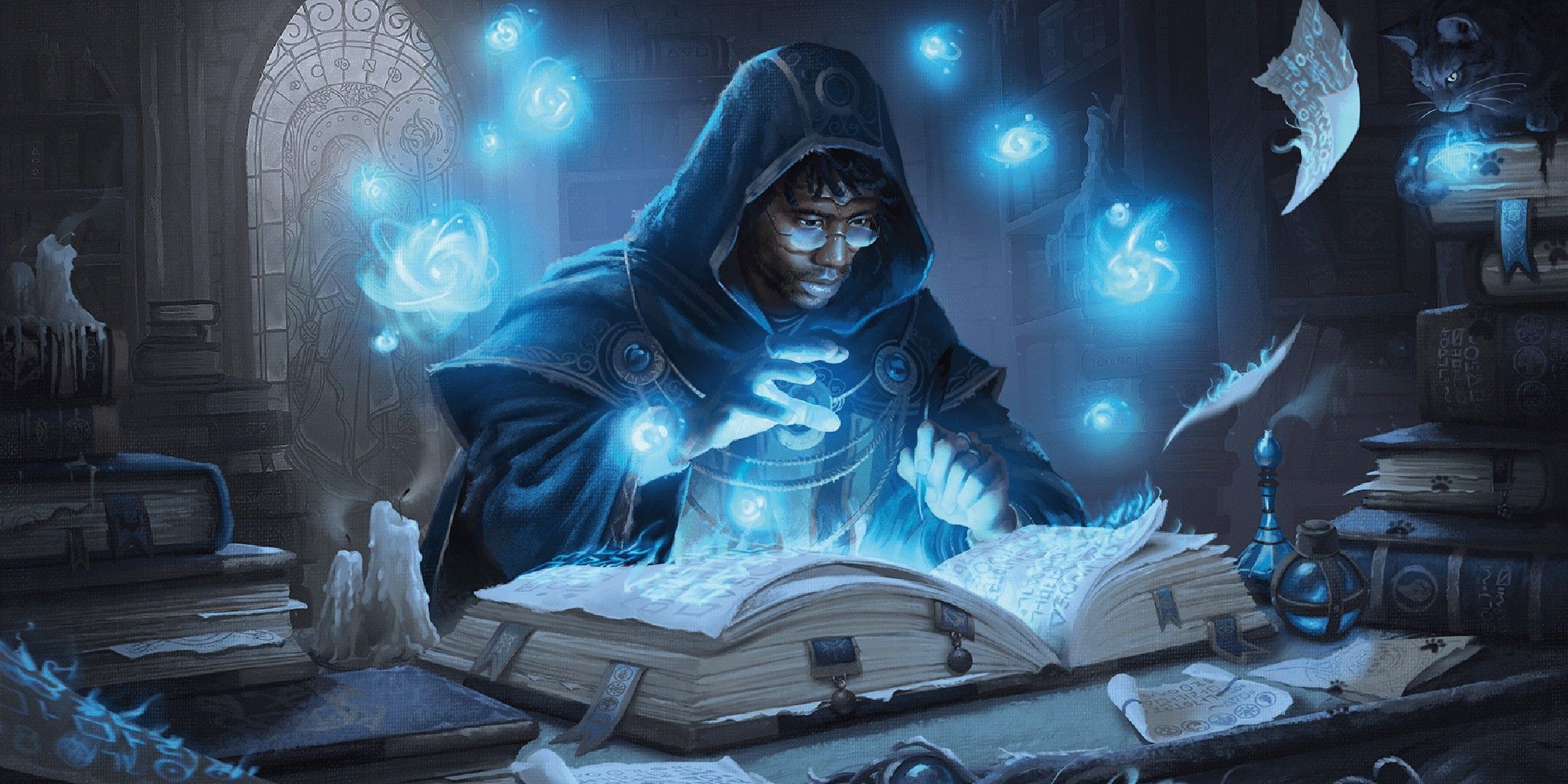
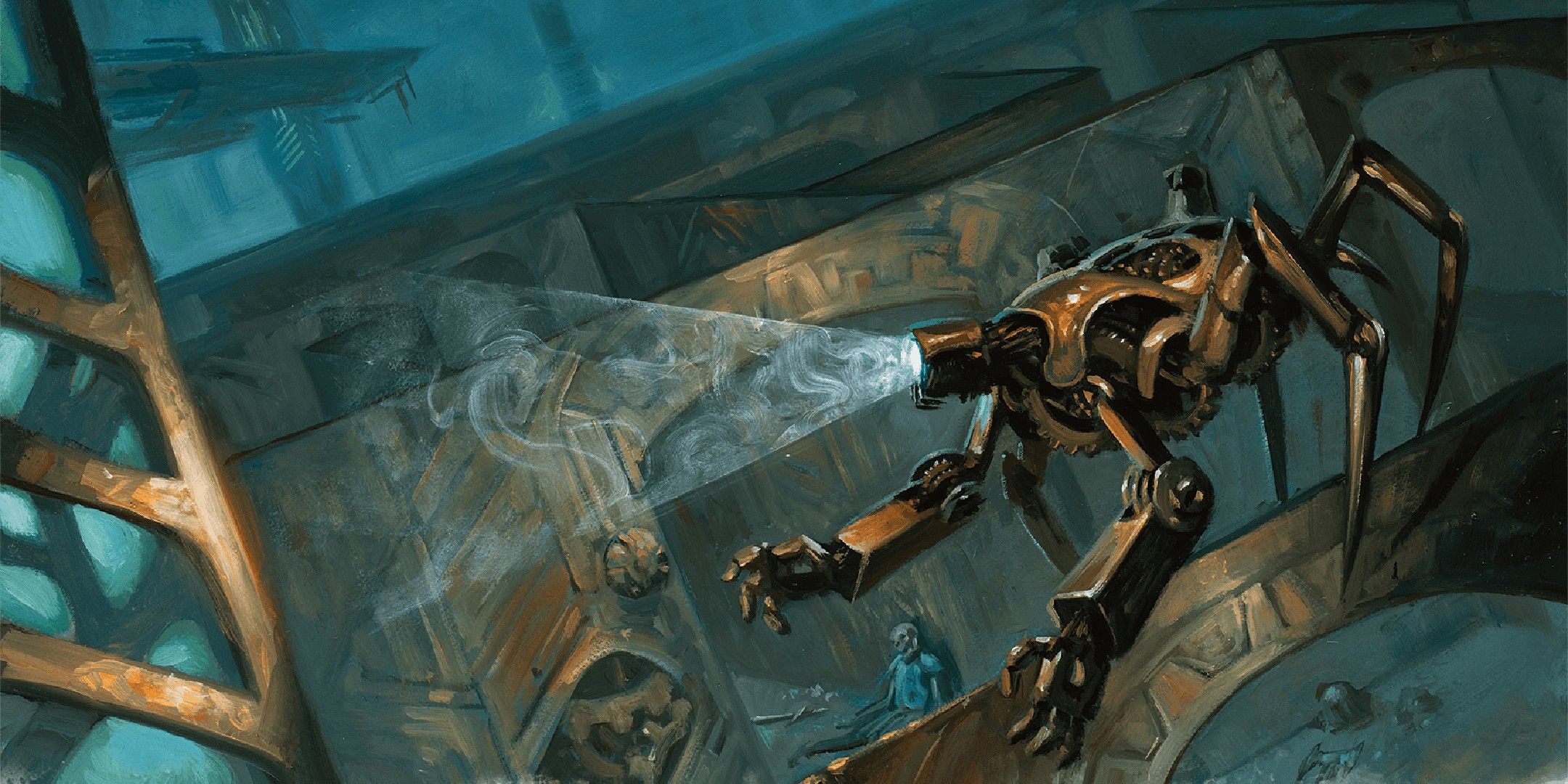

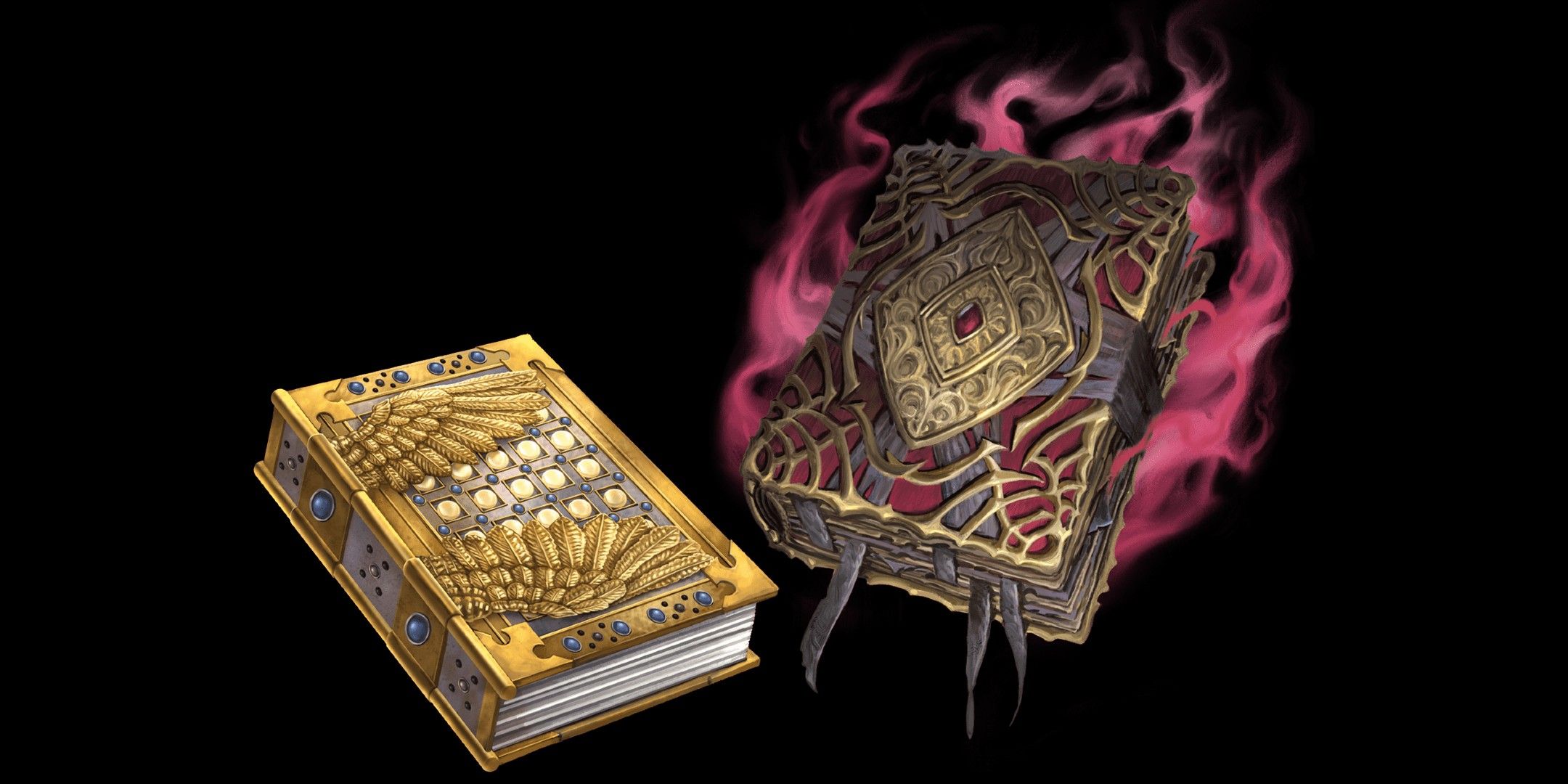
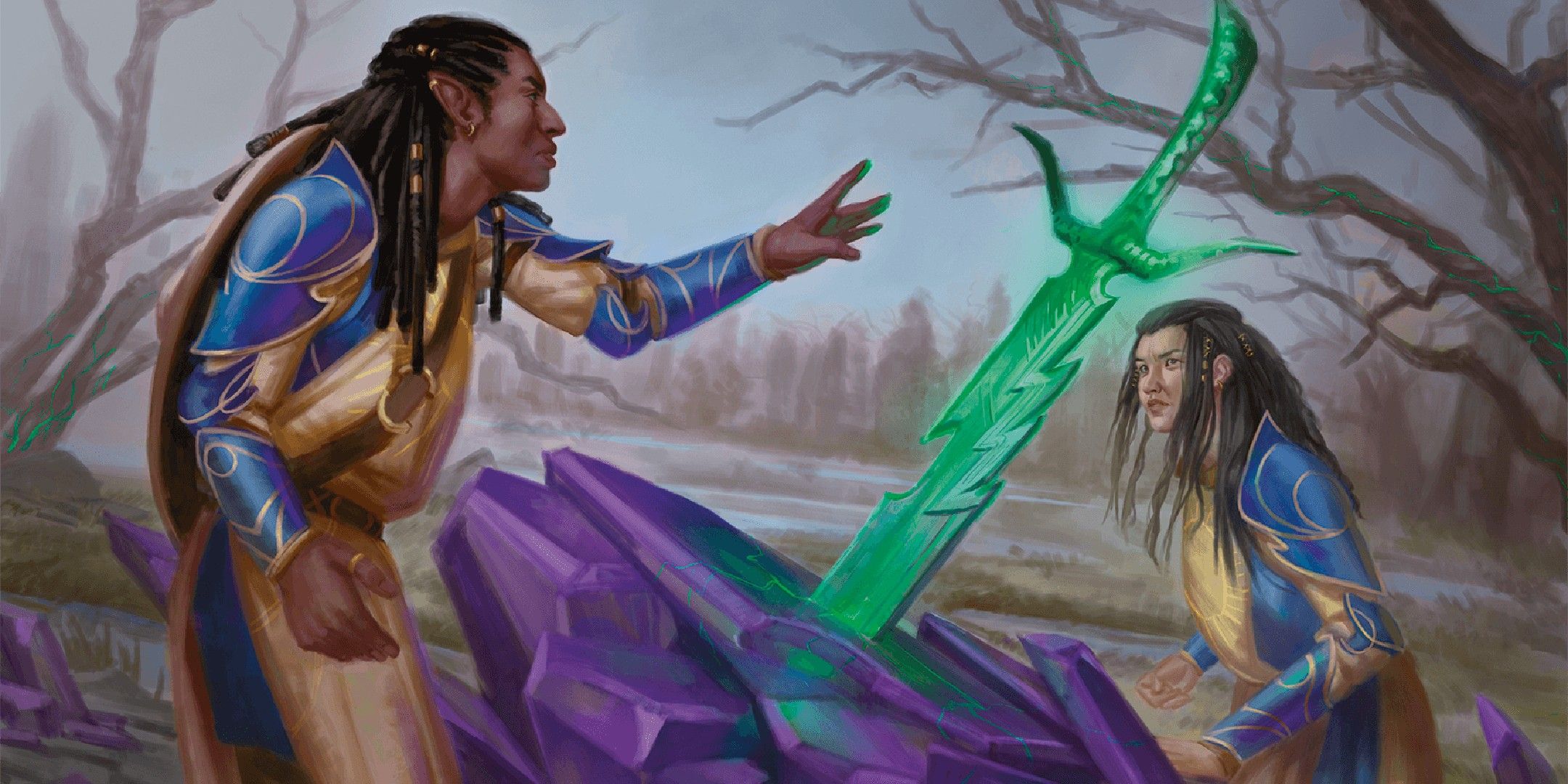
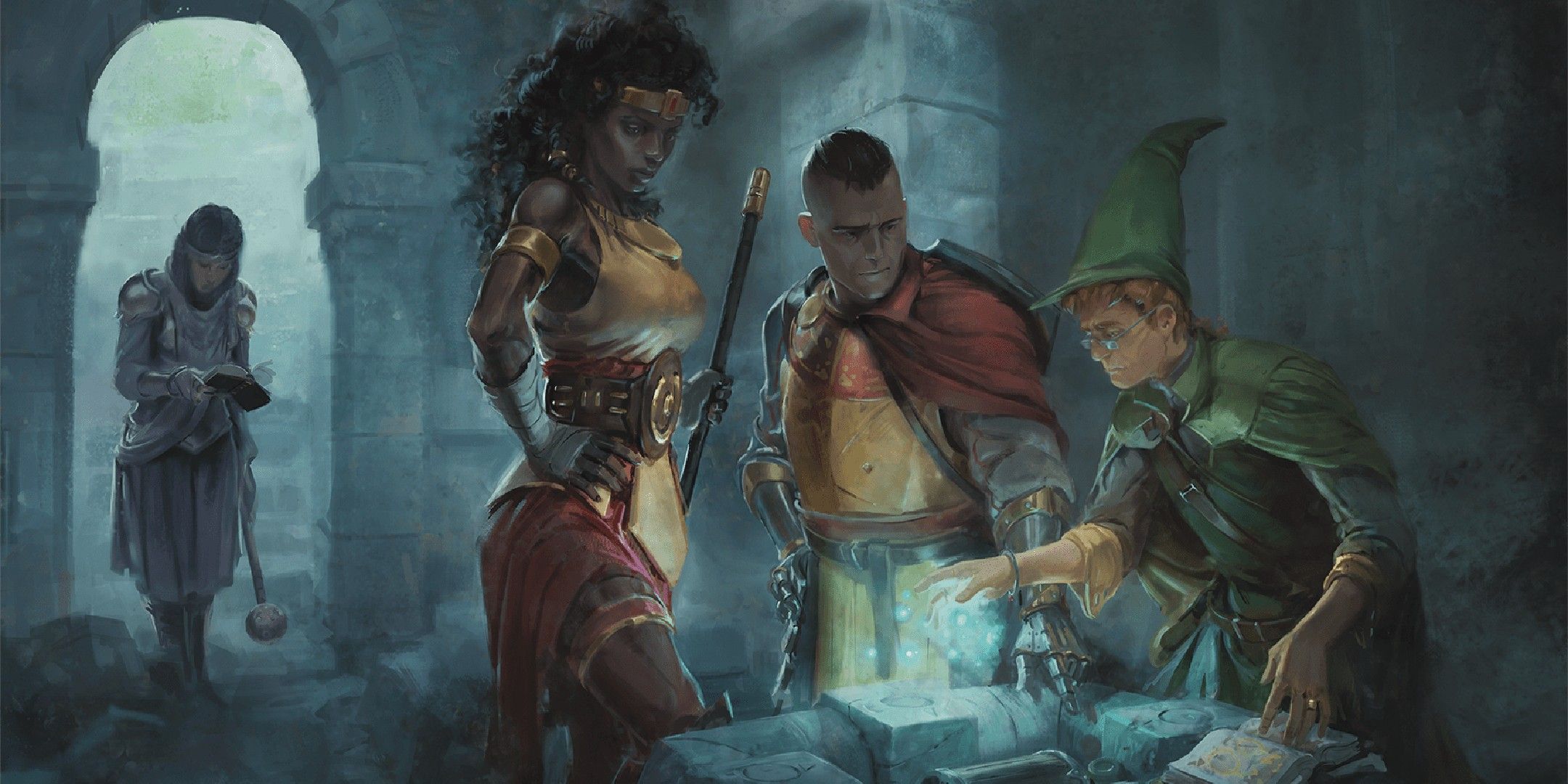
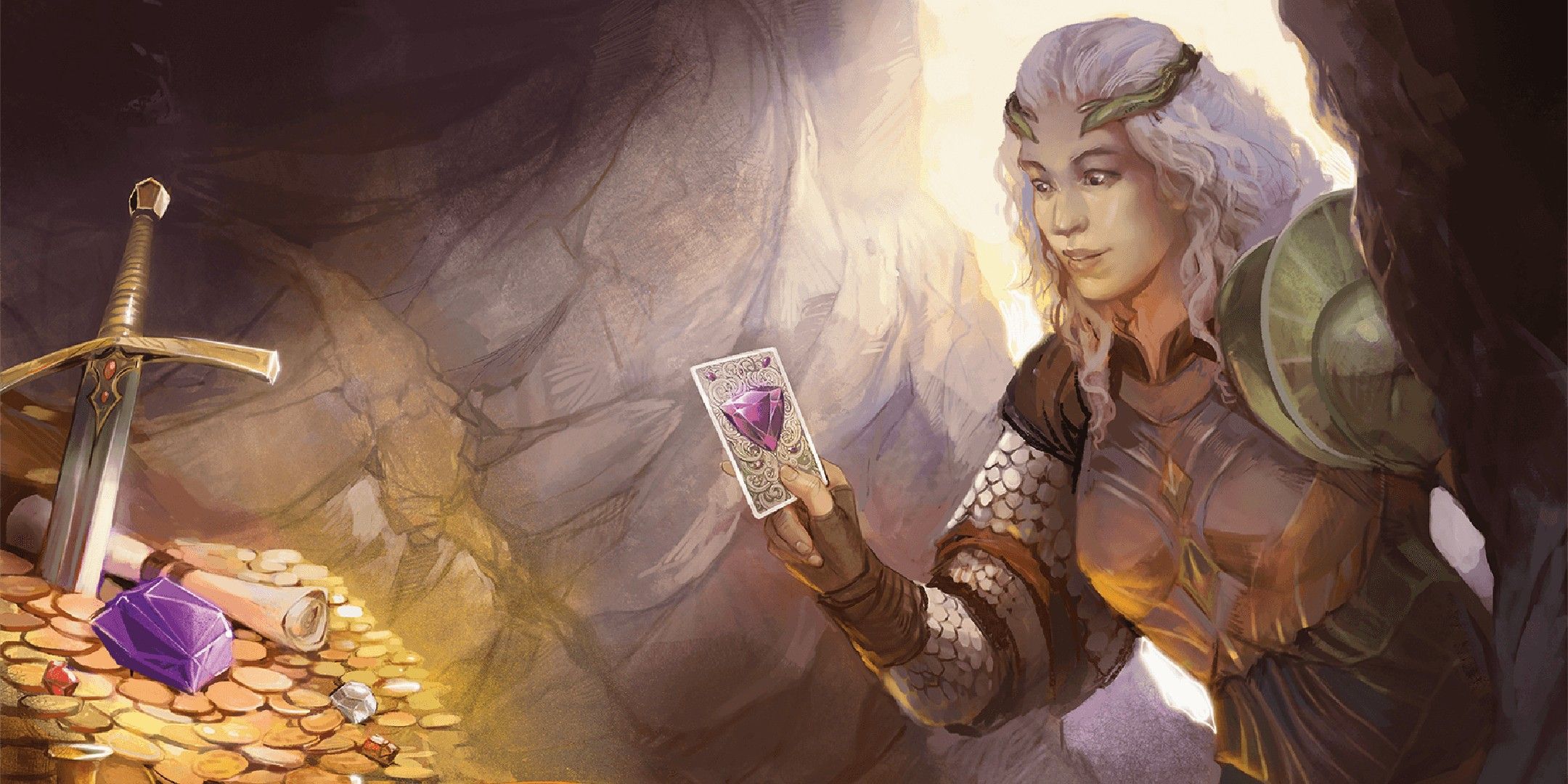












Leave a Reply